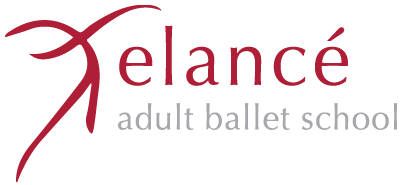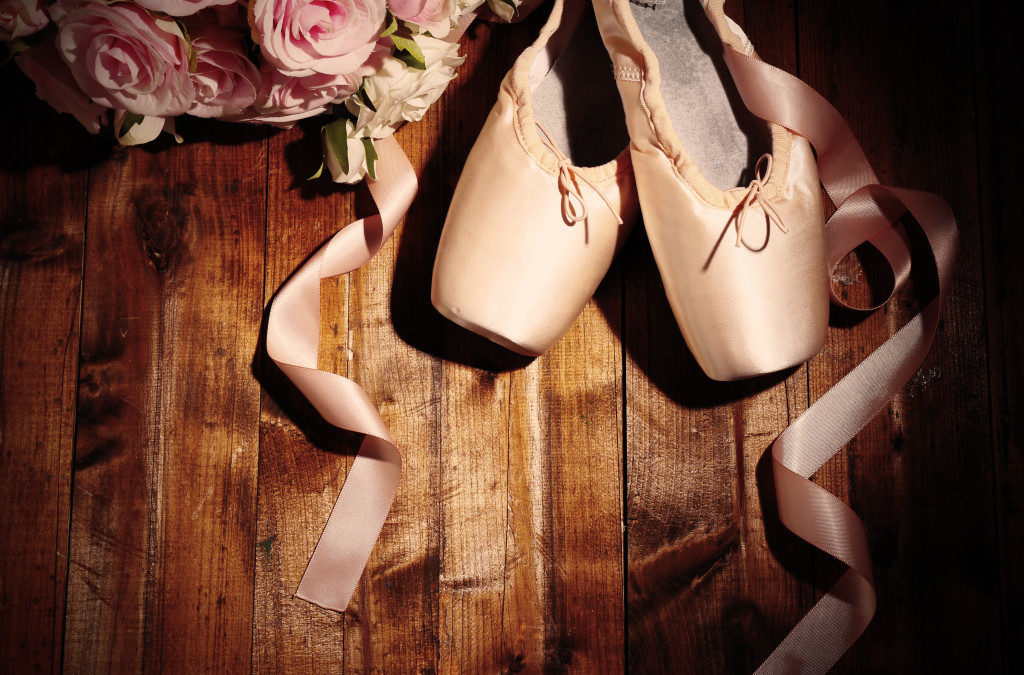Ballet Class Etiquette, or, “How NOT To Give Your Ballet Teacher a Conniption!”

A moment from my early teaching years is forever burned in my memory. During barre, a student walked to her dance bag, grabbed a container of food, returned to her place at the barre and proceeded to eat. My shocked expression couldn’t be contained! I asked what she was doing and she replied, “I’m hungry”. My retort of, “This is barre, not a buffet!” certainly caught her off-guard, however, the ensuing lesson in ballet class etiquette was useful for everyone.
As teachers, it can be easy to forget that ballet etiquette is as familiar to us as breathing in and out. For the inexperienced ballet student, it can be hard to navigate this new world of unknown rules. Oh, but there are rules! The practice of ballet class etiquette links every dancer with the respectful behaviours that are demonstrated in ballet studios worldwide.
Here is a simple guide to understanding ballet class etiquette (or “how not to give your ballet teacher a conniption”):
Practice clothes should be comfortable, neat, clean and close-fitting. Avoid clothing that leaves mid-sections of the body exposed. Teachers must, at times, physically correct a student and are not keen to place hands on a bare midriff!
Jewellery such as necklaces, bracelets and long earrings will inhibit a dancer. Imagine the distraction and discomfort a heavy necklace would create when jumping! Such items can be dangerous to other students, should they inadvertently come in contact with them. Watches are also to be removed for class as they detract from the line of the arm. “Line” is everything in ballet!
Hair should be secured up and away from the face. A dancer should never ruin a lovely port de bras with a head-flick to move hair from her eyes!
Chewing gum is both unattractive (can you picture the heart-breakingly beautiful Odette with a chewing action?), and a health and safety risk.
Eating, drinking (apart from water), smoking, or wandering in and out of the studio are as unacceptable in a ballet class as they would be on the stage! Don’t walk out of the studio during class without asking your teacher first, or you might find him or her chasing you to ensure you aren’t injured or sick!
The ballet class is not the place for chatting. If you have a question, or if your teacher asks you a question, it’s an appropriate time to speak. Chatting between exercises, or even worse, during an exercise, will have your teaching seeing red! Let your movements do the talking and make the message beautiful.
Folding arms, yawning, sitting down (unless you are injured) or leaning against the barres are a surefire means of incurring your teacher’s wrath. If your teacher can stand on his or her legs for the duration of the class, so must you! If your teacher can hide his or her fatigue, so must you.
Mobile phones should be set to silent or switched off. If you are expecting an emergency call please advise your teacher before the class starts and leave the studio to take the call so as not to disrupt other students.
Students who arrive late for class should wait at the studio entrance for the teacher to invite them in at an appropriate time. Barre exercises are designed to warm up the body slowly and safely. A student who misses the initial pliés and tendus risks injury by joining the barre work when more strenuous exercises are being performed, so may not be allowed to start at all. We have a saying; “If you arrive on time for your ballet class, you’re late!” Always get to the studio early enough to warm up effectively.
A student who needs to leave class early should not do so without first informing and thanking the teacher by means of a reverence (curtsey/bow). Wherever possible, a student who needs to leave class early should request permission before the class begins.
Students should regard the ballet class as a ritual to be treasured. They should undertake ballet classes with the same demeanour in which professional dancers approach dancing in front of an audience. As long as we respect the traditions of classical ballet, it will endure.

